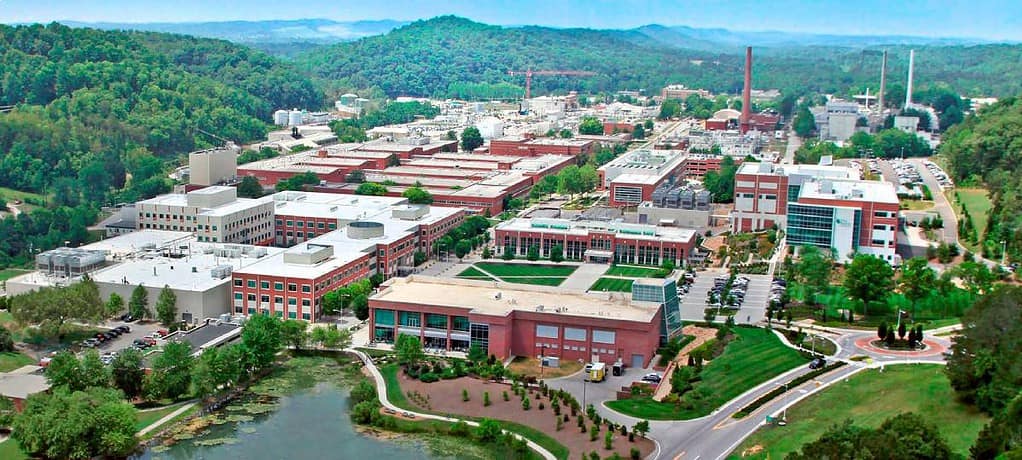The supercomputer code used in the simulation is called HACC, short for Hardware/Hybrid Accelerated Cosmology Code. It was developed around 15 years ago for petascale machines. In 2012 and 2013, HACC was a finalist for the Association for Computing Machinery’s Gordon Bell Prize in computing.
Later, HACC was significantly upgraded as part of ExaSky, a special project led by Habib within the Exascale Computing Project, or ECP — a $1.8 billion DOE initiative that ran from 2016 to 2024. The project brought together thousands of experts to develop advanced scientific applications and software tools for the upcoming wave of exascale-class supercomputers capable of performing more than a quintillion, or a billion-billion, calculations per second.
As part of ExaSky, the HACC research team spent the last seven years adding new capabilities to the code and re-optimizing it to run on exascale machines powered by GPU accelerators. A requirement of the ECP was for codes to run approximately 50 times faster than they could before on Titan, the fastest supercomputer at the time of the ECP’s launch. Running on the exascale-class Frontier supercomputer, HACC was nearly 300 times faster than the reference run.
The novel simulations achieved its record-breaking performance by using approximately 9,000 of Frontier’s compute nodes, powered by AMD Instinct™ MI250X GPUs. Frontier is located at ORNL’s Oak Ridge Leadership Computing Facility, or OLCF.
“It’s not only the sheer size of the physical domain, which is necessary to make direct comparison to modern survey observations enabled by exascale computing,” said Bronson Messer, OLCF director of science. “It’s also the added physical realism of including the baryons and all the other dynamic physics that makes this simulation a true tour de force for Frontier.”
In addition to Habib, the HACC team members involved in the achievement and other simulations building up to the work on Frontier include Michael Buehlmann, JD Emberson, Katrin Heitmann, Patricia Larsen, Adrian Pope, Esteban Rangel and Nicholas Frontiere who led the Frontier simulations.
Prior to runs on Frontier, parameter scans for HACC were conducted on the Perlmutter supercomputer at the National Energy Research Scientific Computing Center, or NERSC, at Lawrence Berkeley National Laboratory. HACC was also run at scale on the exascale-class Aurora supercomputer at Argonne Leadership Computing Facility, or ALCF.
OLCF, ALCF and NERSC are DOE Office of Science user facilities.
This research was supported by the ECP and the Advanced Scientific Computing Research and High Energy Physics programs under the DOE Office of Science.
UT-Battelle manages ORNL for DOE’s Office of Science, the single largest supporter of basic research in the physical sciences in the United States. DOE’s Office of Science is working to address some of the most pressing challenges of our time. For more information, visit energy.gov/science.
This Oak Ridge National Laboratory news article "Record-breaking run on Frontier sets new bar for simulating the universe in the exascale era" was originally found on https://www.ornl.gov/news


